On October 9, 1825, the small sloop Restauration arrived in the United States, marking what is often considered the first organized emigration from Norway to America. This voyage represented not just a physical journey across the Atlantic, but the beginning of a long and significant chapter in the history of Norwegian-American immigration.
Centuries before the Restauration crossed the ocean, Norse explorers had already made contact with North America. Around the year 1000, Leif Erikson, the son of Erik the Red, led an expedition from Greenland to the coast of what is now Newfoundland, Canada. These Norsemen were likely the first Europeans to set foot in the New World—nearly 500 years before Christopher Columbus. They established a small settlement known as Vinland, but their stay was short-lived. Conflicts with Indigenous peoples and the harsh environment eventually forced them to abandon the colony and return to Greenland. Although their early exploration was largely forgotten for centuries, it showed that transatlantic voyages were possible long before the Age of Discovery.
In the 1600s, a few Norwegians trickled into the American colonies, often through connections with the Dutch or English. Many settled in places like New York and Pennsylvania, blending in with other Scandinavian and Northern European settlers. These early immigrants, however, were few in number and not part of any organized migration effort. It wasn’t until the 1820s that Norway would see its first major wave of emigration to the United States.
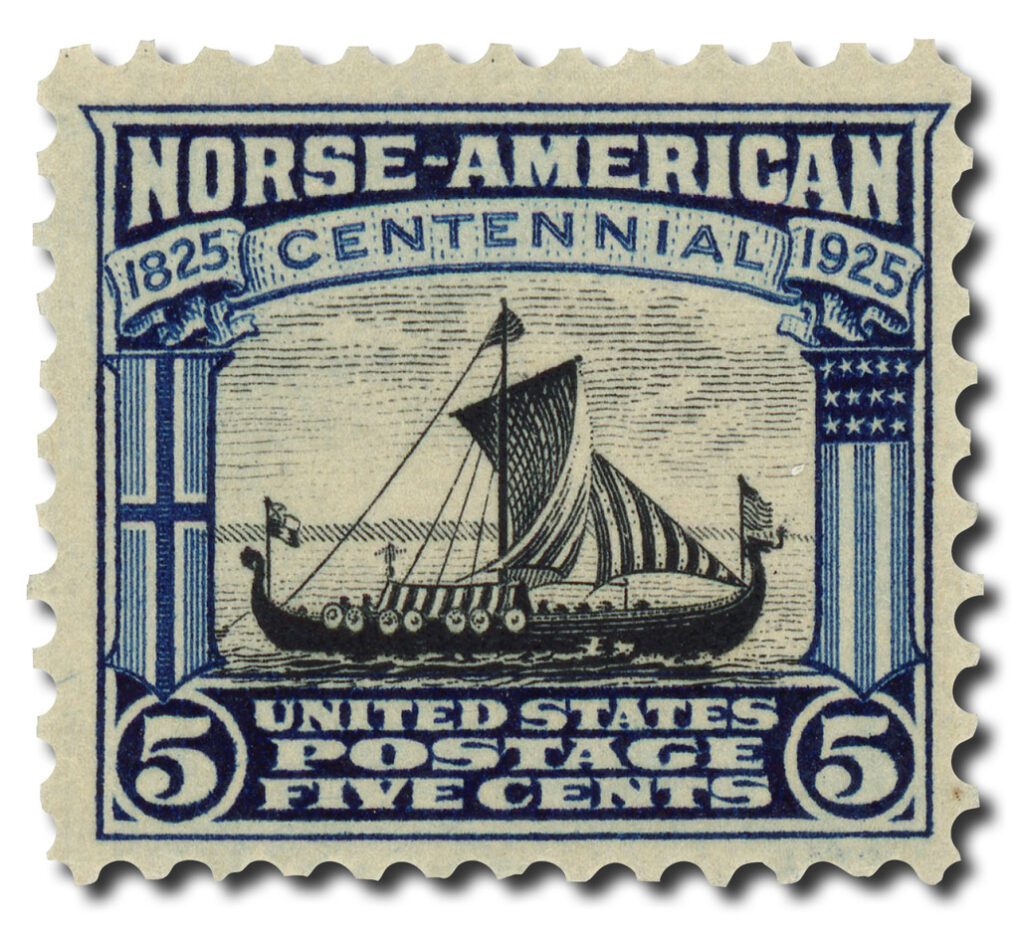
The Restauration voyage was born out of both faith and frustration. Norway at the time was experiencing social and religious tension. Members of the Religious Society of Friends (Quakers) and followers of lay preacher Hans Nielsen Hauge—known as Haugeans—faced restrictions and persecution for their nonconformist beliefs. Seeking religious freedom and new opportunities, 52 Norwegians decided to leave their homeland and sail to America. On July 4, 1825, they boarded the single-masted sloop Restauration (also known as Restoration, Restaurationen, Restaurasjon, or Restorasjonen) in Stavanger harbor. The ship was small, only about half the size of the Mayflower that had carried the Pilgrims two centuries earlier, yet it came to be affectionately known as the “Norwegian Mayflower.”
The journey across the Atlantic was long and challenging. The Restauration was crowded, supplies were limited, and conditions were difficult. Still, the passengers persevered, guided by their faith and hope for a better life. During the three-month voyage, their number even grew by one with the birth of a baby girl, Margaret Allen Larsen. Finally, after more than ninety days at sea, the ship arrived safely in New York Harbor on October 9, 1825.
Upon arrival, however, the ship’s captain, Lars Larsen, was promptly arrested. US law at the time placed limits on how many passengers could be carried per ton of a ship’s weight, and the small Restauration was considered dangerously overcrowded. Fortunately, President John Quincy Adams intervened and pardoned the captain a month later, recognizing the courage and historic nature of the voyage. The immigrants soon settled in Kendall, New York, where they built homes, farms, and a new community rooted in faith and perseverance. Their success inspired others back in Norway to follow in their footsteps.
Over the next century, nearly 800,000 Norwegians would immigrate to North America, most of them to the United States. Many settled in the Midwest—in states like Wisconsin, Minnesota, Iowa, and the Dakotas—where the landscape reminded them of home. They brought with them their language, traditions, and strong work ethic, leaving a lasting imprint on American culture.
A century after the Restauration’s voyage, the US Post Office commemorated the event with two special stamps, known as the Norse-American Issue. Released in 1925, they celebrated both the arrival of Leif Erikson and the Restauration. These stamps were notable for their bi-color printing, a complex and expensive process that had not been widely used since the 1901 Pan-American Exposition issue. Because printing them was slow and difficult—they were produced in sheets of 100 rather than the usual 400—only a limited number were made. When released, they were in high demand, with post offices across the country receiving daily requests. Although a second printing was proposed, it proved too costly. It’s believed that fewer than 300 post offices ever received the stamps, and many got only one or two sheets each, making them prized collectibles today.
Click here to browse Norway stamps and click here to view Greenland stamps.
| FREE printable This Day in History album pages Download a PDF of today’s article. Get a binder or other supplies to create your This Day in History album. |
Discover what else happened on This Day in History.

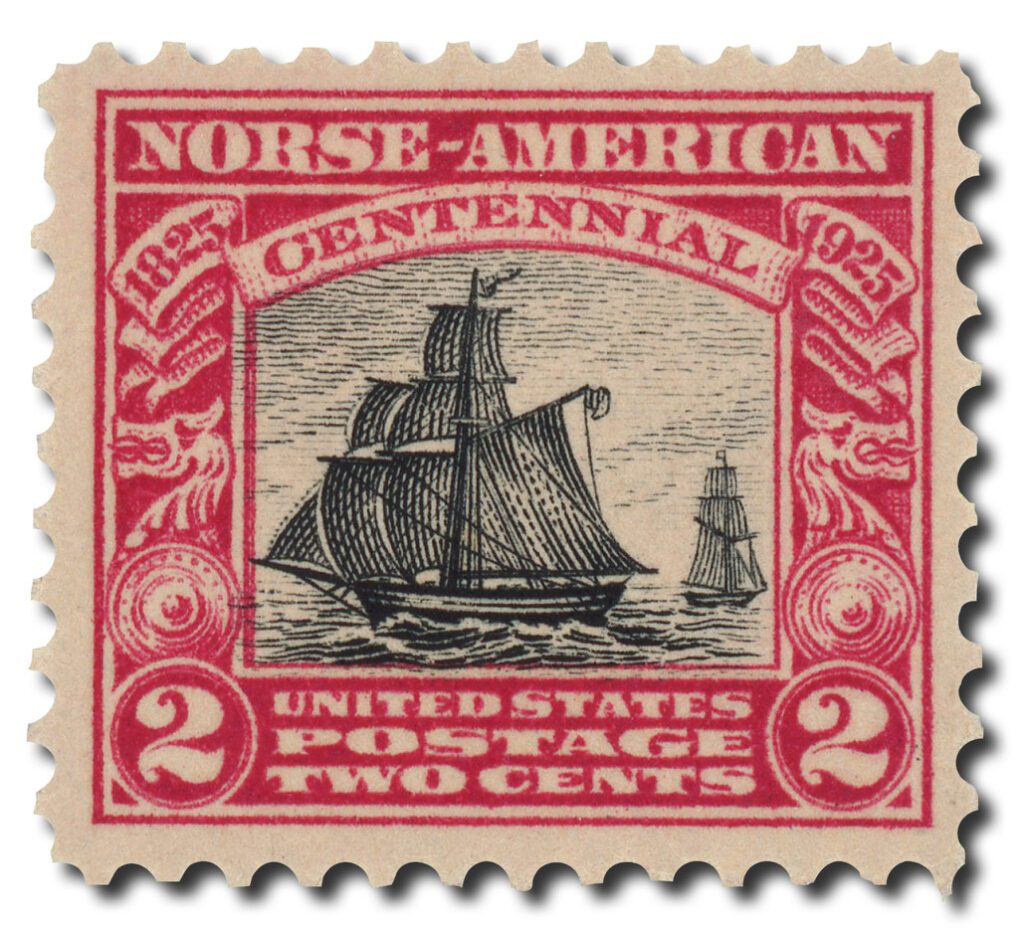
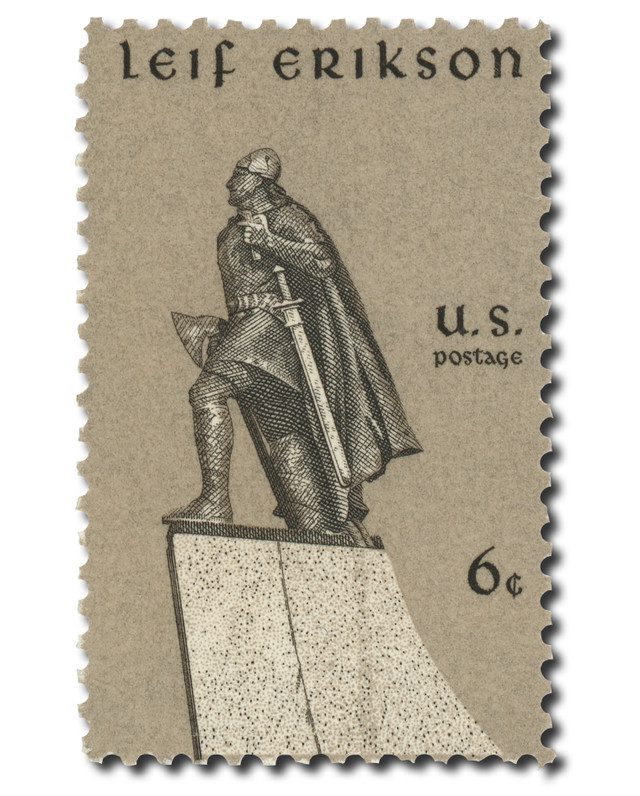
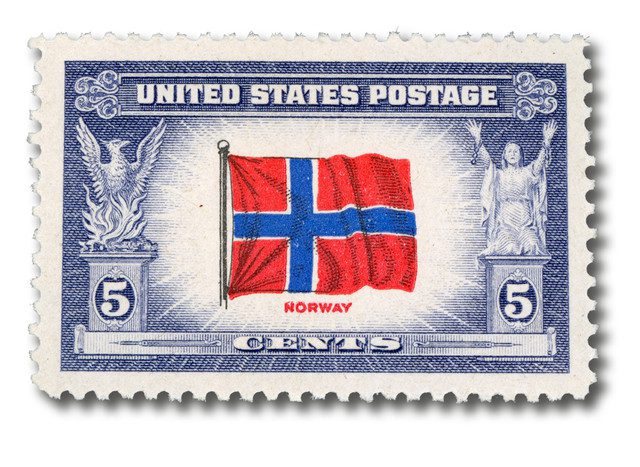

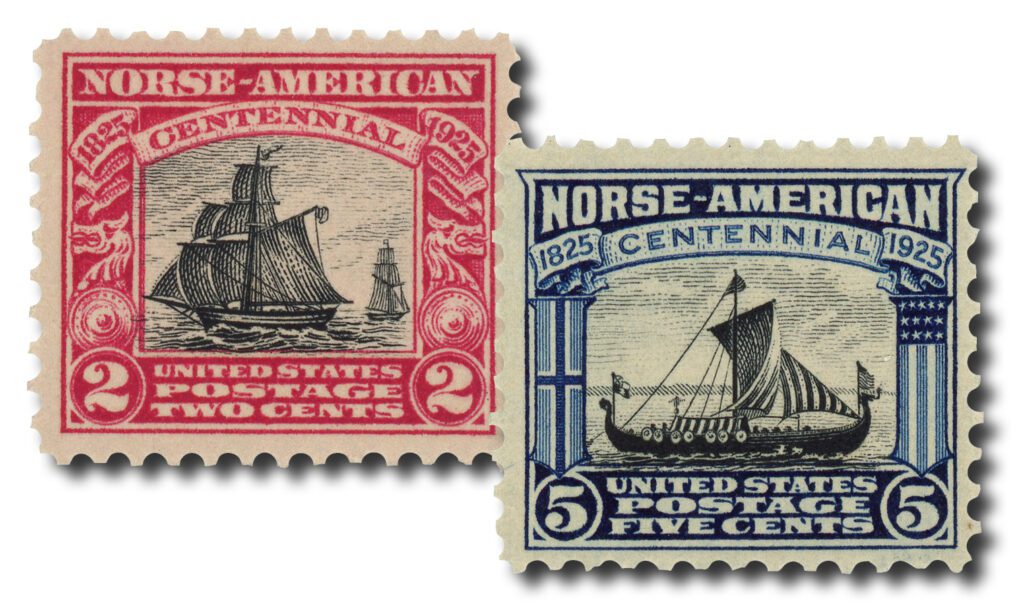
Unable to rate article.
There is some debate as to the first Europeans reaching America. Was St. Brendan from Ireland the first?
A few years ago we took a cruise that tracked the Viking-founded coastal towns from Dublin to Bergen. One speaker even made the claim that Columbus was a Viking descendant. Evidence for his claim was that Columbus did not speak Italian or Spanish. He communicated in Latin.
Bay Ridge, Brooklyn was home for many years to a large Norwegian population. Although most have moved away, they still return to have the annual Norwegian Day Parade in Bay Ridge with floats, native dress and Miss Norway. It is celebrates Norwegian Constitution Day.
Like to have
You failed to mention that this was the origination of the Sven and Olly jokes…
Thank you Mr Bond, James Bond. I remember watching a television program (documentary?). And in it, it was mentioned that if you ask most any Irish school children who discovered America, they will answer: St Brendan! He would have arrived more than 100 years before Leif Ericsson. There is a structure in the State of Maine, which suggests that the Phoenicians may have arrived in North America some 3,000 years ago. Ra and Kong-Tiki Expeditions, suggest such a possibility
The Melting Pot has frozen. Whatever happened to love, or at least tolerate thy neighbor???